Zachary Shah

Solving problems in signal processing and machine learning to enhance human outcomes
Welcome to my website!
Summary: PhD Student in Electrical Engineering at Stanford University Admitted Autumn 2024, Advised by Dr. Kawin Setsompop
Interests: Medical Imaging, MRI, Signal and Image Processing, Software/Hardware Interfaces, Physics-based Deep Learning
Contact: Email | LinkedIn
Education
-
M.S., Electrical Engineering Stanford University (Apr 2024) -
B.S., Biomedical Engineering Georgia Tech (May 2022)
Publications
Shah, Z., Urman, Y., Kumar, A., Soares, B. P., & Setsompop, K. (2024). Accelerating Longitudinal MRI using Prior Informed Latent Diffusion. arXiv preprint arXiv:2407.00537.
Villa-Renteria, I., Wang, M. L., Shah, Z., Li, Z., Kim, S., Ramachandran, N., & Pilanci, M. (2024). Subtractive Training for Music Stem Insertion using Latent Diffusion Models. arXiv preprint arXiv:2406.19328.
Yoon, J. K., Kim, J., Shah, Z., Awasthi, A., Mahajan, A., & Kim, Y. (2021). Advanced Human BBB‐on‐a‐Chip: A New Platform for Alzheimer’s Disease Studies. Advanced healthcare materials, 10(15). https://doi.org/10.1002/adhm.202002285
Projects
Accelerating Longitudinal MRI Using Prior Informed Posterior Sampling (PIPS)
Paper (arxiv pre-print)
Brain Magnetic Resonance Imaging (MRI) is a common medical procedure, often repeated throughout a patient’s life. However, MRI faces challenges such as lengthy scan times and motion-related artifacts compromising image quality. Typically, information from prior MR scans is not utilized during acquisition of subsequent scans, despite resulting in similar reconstructed images. In this work, we propose a conditional latent diffusion model with enforced data consistency to reconstruct high-quality subject-specific brain images from an accelerated MRI scan by conditioning the model on previously acquired brain MRIs:
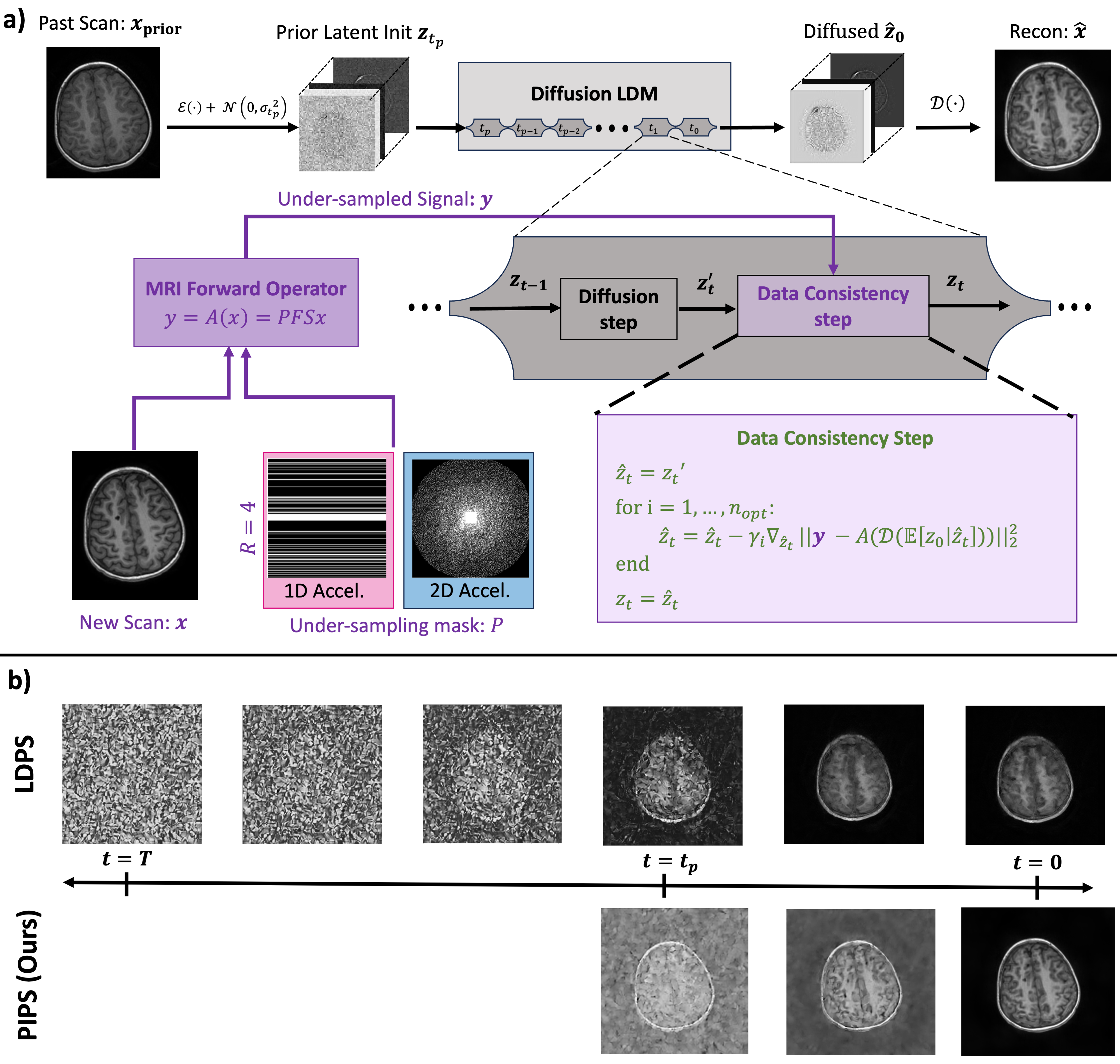
Using our approach, we are able to reconstruct a new scan using only 1/6 of the data required by conventional methods! See an example of our method’s performance on an example from the OASIS dataset below. Learn more at our paper above.
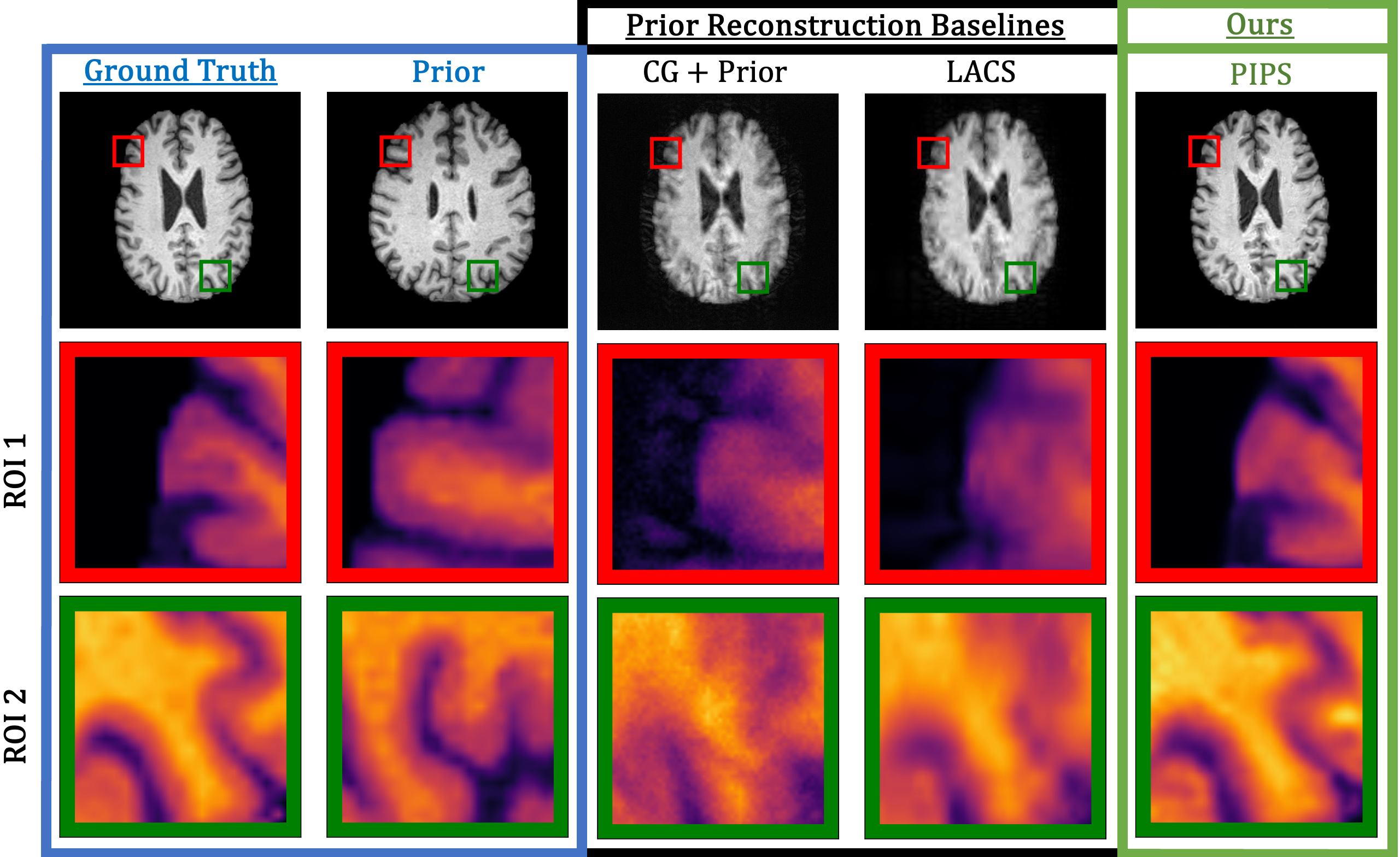
Subtractive Training for Music Stem Insertion using Latent Diffusion Models
Code (riff-cnet) (riff-pix2pix) | Paper
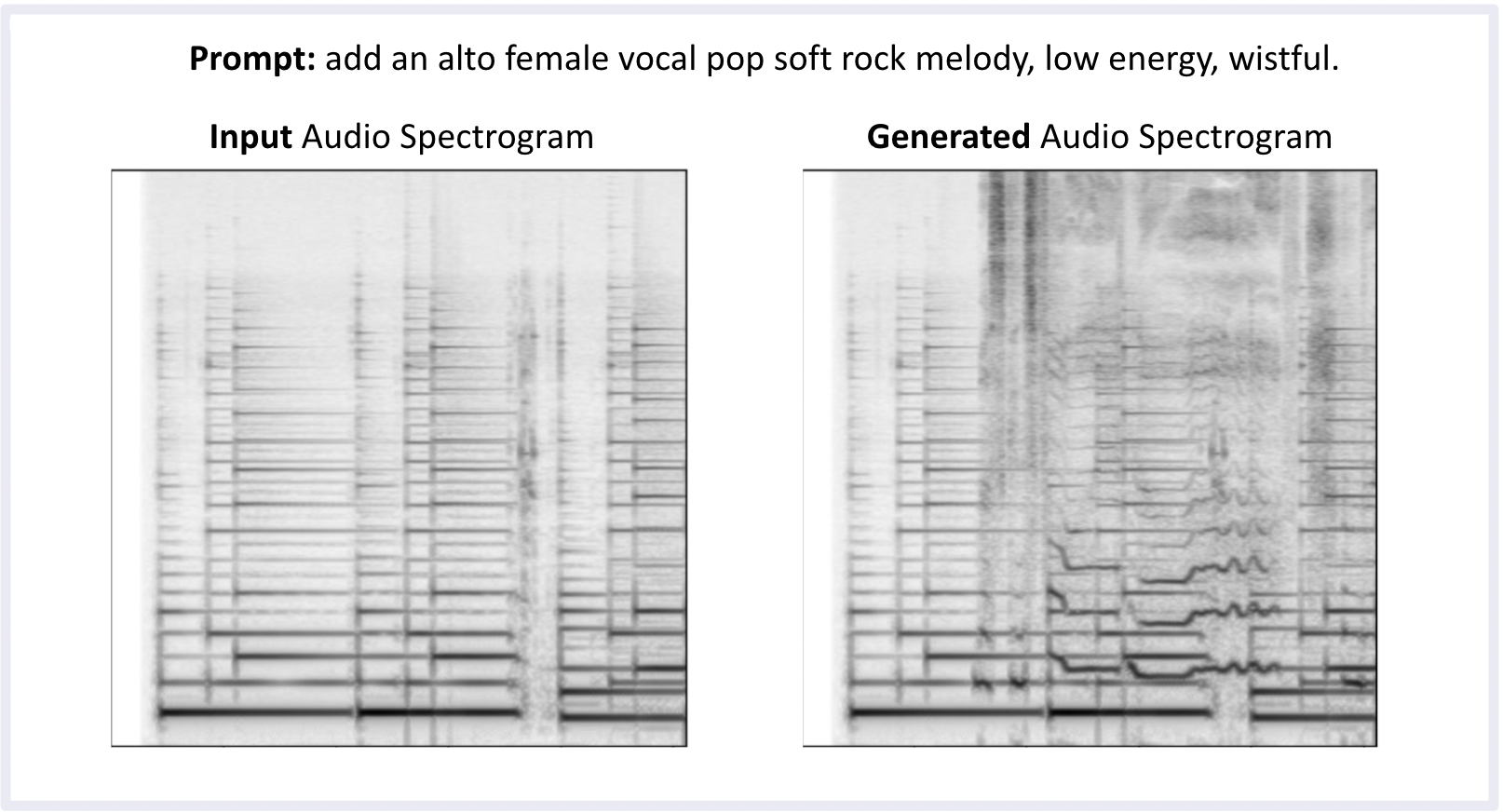
This project aims to generate new instrumentation into acoustic audio using Stable Diffusion technology. By turning audio into mel-spectrogram images, text prompts can direct a spectrogram image edit to “paint in” a desired change to the audio, such as adding a singer’s voice. Using both ControlNet and InstructPix2Pix as methods to control the desired generative changes, this project introduces the idea of musical decomposition learning, or learning the conditional distribution of an instrument given other classes of instruments.
Click to listen to examples of inpainted melodies using ControlNet and InstructPix2Pix.
Convex Optimization of 2-layer Neural Networks
Code (Github) | Paper (Download)
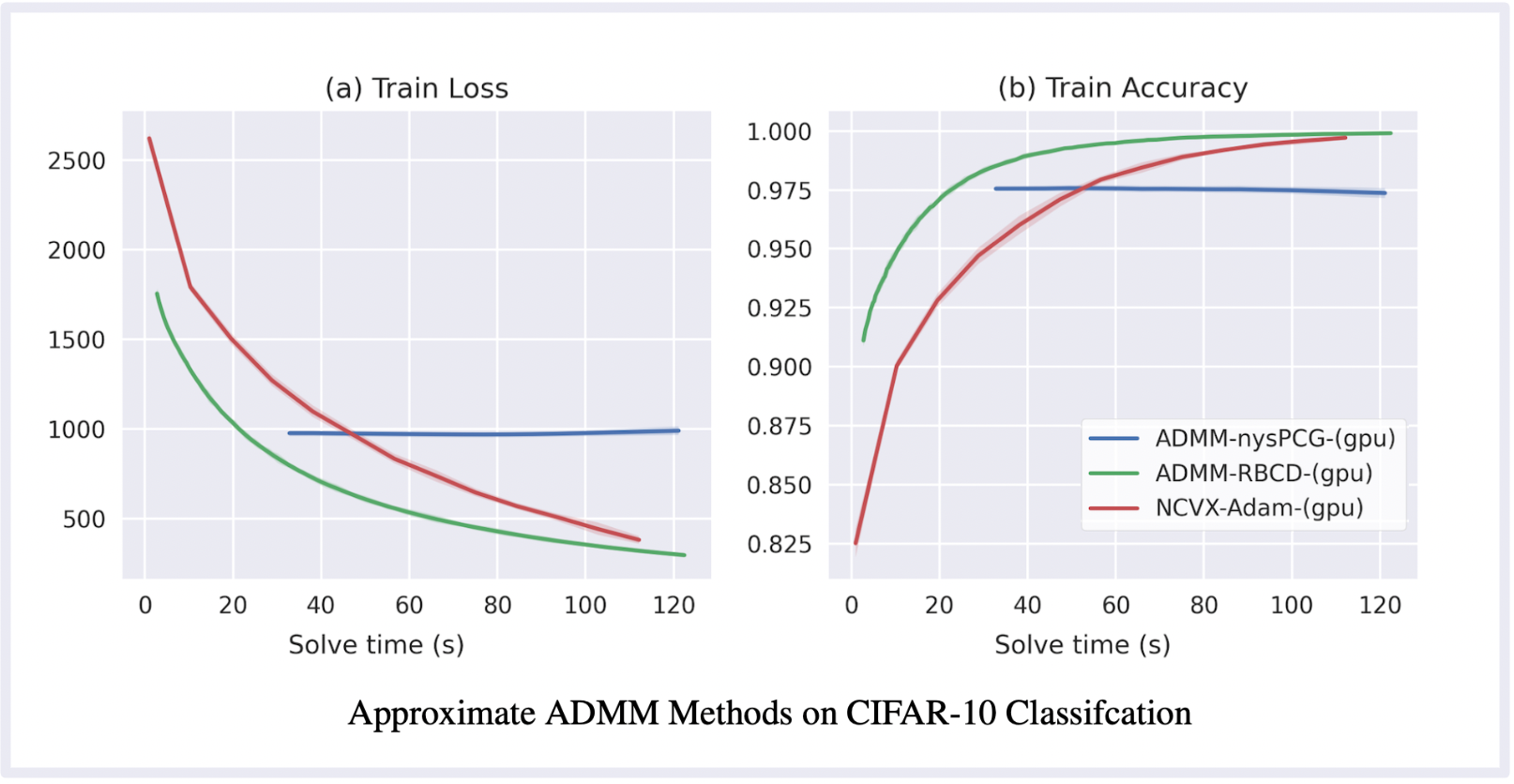
This project reformulates the non-convex training landscape of a ReLU-activated neural network as a convex optimization problem solved via the Alternating Direction Method of Multipliers (ADMM). We examine three practical ADMM based methods for solving this reformulated problem, and examine their performance with GPU acceleration on PyTorch and JAX. The main contribution to this work is exploring stochastic and preconditioned approximations to meliorate the expensive linear systems solve of the ADMM algorithm. This project examines scalability and acceleration of these methods, in order to encourage applications across a wide range of statistical learning settings.
Joint Health Monitoring System
Code (Github) | Poster (Download)
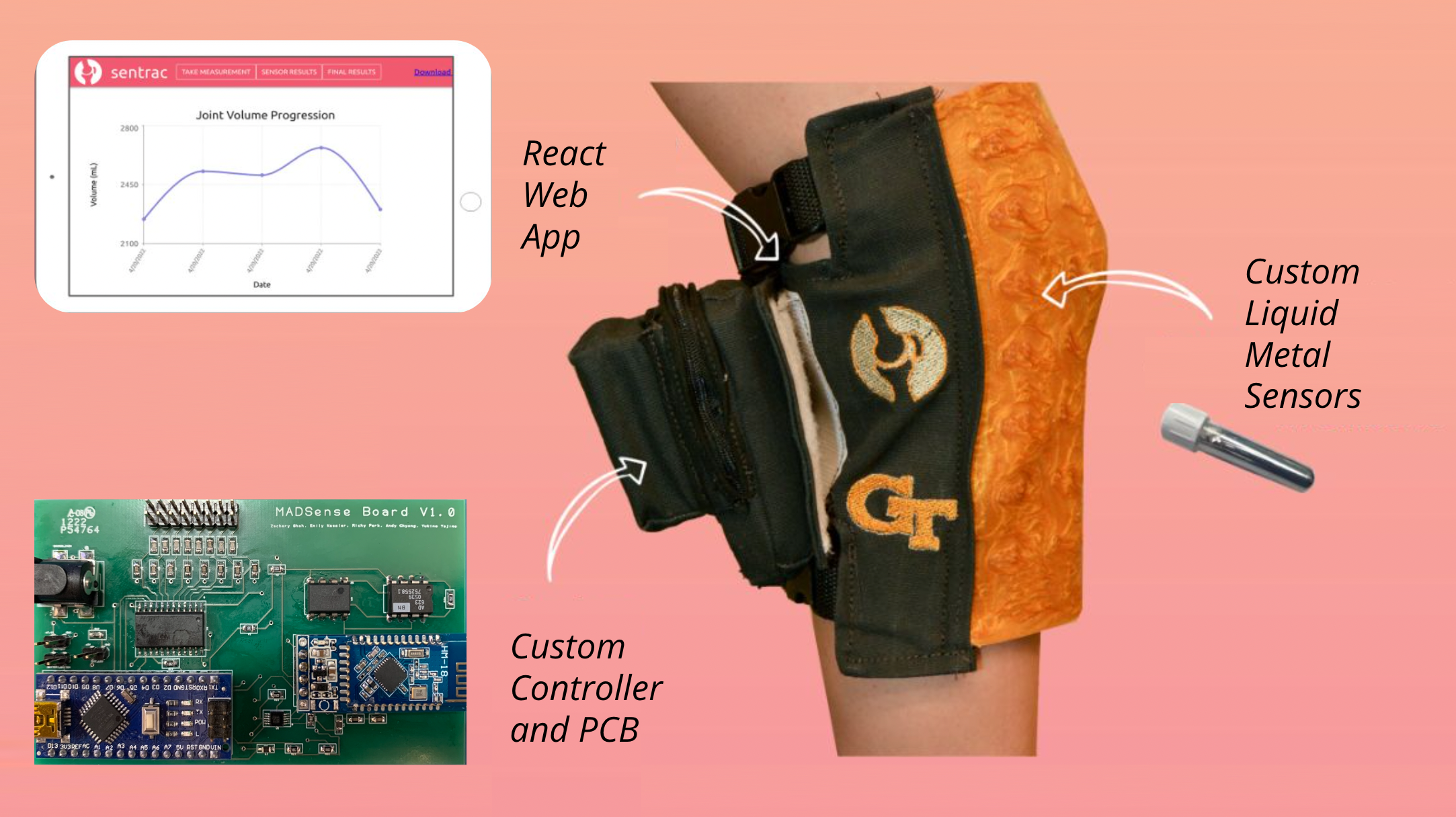
My undergraduate senior design project, in collaboration with the Army Research Lab. We created a wearable knee sleeve to monitor long-term arthritic joint swelling. After conducting extensive interviews with sports practitioners and rheumatologists, we discovered that clinical professionals lack the capabilities to provide reliable quantified metrics of the progression of arthritis. To address this, we quantified the fluidic swelling of a joint by building a wearable monitor, employing a custom fabricated printed circuit board and strain sensors built from liquid-metal alloys embedded into a silicone mesh. To gauge joint swelling, I designed a calibration model to map strain-induced voltages from these sensors to geometric measures across the knee. To demonstrate the patient use-case, I developed a web app using React to display real-time joint measurements collected via Bluetooth.
Work Experience
Data Science Intern @ Medtronic (Summer 2022 & Summer 2023)
- Modeled signal behavior and developed machine learning tools to improve next-generation continuous glucose monitoring platforms
- Developed MATLAB infrastructure for optimizing and assessing innovative algorithm features
- Designed a patent-pending signal de-trending algorithm
Research Assistant @ Inan Lab, Georgia Tech (Aug 2021- May 2022)
- Conducted patient data collection & processing for a bed-based health monitoring system, collab. with Hillrom
- Developed PyTorch deep learning models (GANs, Gated Attention networks) for ballistiocardiogram heartbeat segmentation
- Explored time series metrics like the Signal Quality Index to differentiate motion artifacts and noise from heartbeat features
Other Accolades
Teaching Assistantships
- Digital Signal Processing, Stanford University, Winter 2024
- Signal Processing for Machine Learning, Stanford University, Autumn 2023
- Information Science and Engineering, Stanford Univeristy, Spring 2023
- Problems in Biomedical Engineering, Georgia Tech, Fall 2020 & Spring 2021
Awards
- Dr. Dan Fielder Memorial Award for Excellence in Signal Processing Coursework, May 2021
- American Society for Gravitational and Space Research Poster Competition, 3rd Prize, Aug 2017